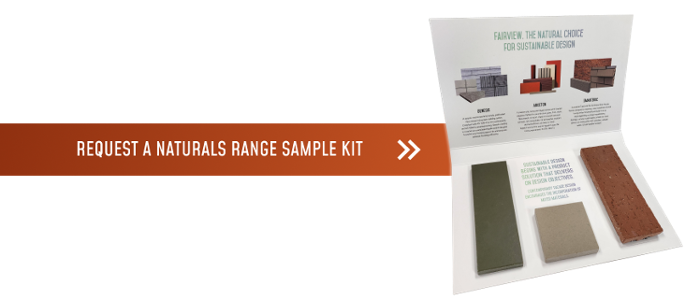01Site Potential
Sustainable design begins at the inception of a project. Choosing a suitable site and optimising it by making use of its natural potential can reduce resource consumption. Utilising the building’s urban planning space can optimise land consumption. For example, making the most of vertical space by building underground carparks reduces the clearing of surrounding land. Effective site planning also factors in passive strategies, such as considering sun orientation and placing windows to gain maximum natural light and warmth, reducing the need for additional lighting and heating. Or utilising trees to provide shade in communal areas. Making use of a site’s natural potential ensures it maintains the protection of natural ecosystems and environmental biodiversity.



.jpg?width=1058&height=1016&name=Group%2039%20(1).jpg)

.jpg?width=1054&height=910&name=Group%2040%20(1).jpg)


.jpg?width=1058&height=1022&name=Group%2041%20(1).jpg)





